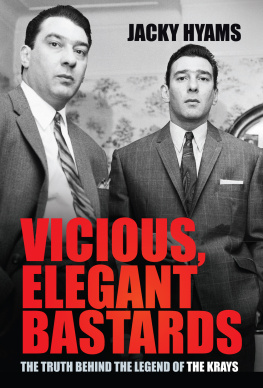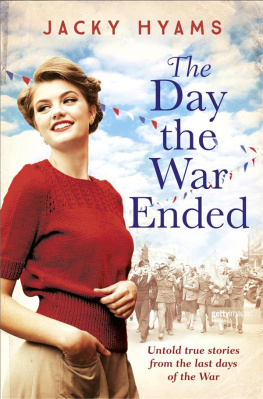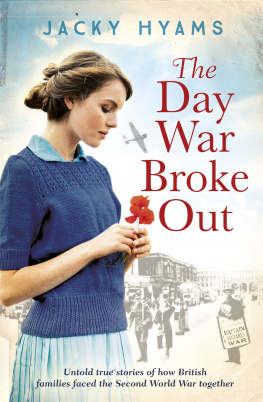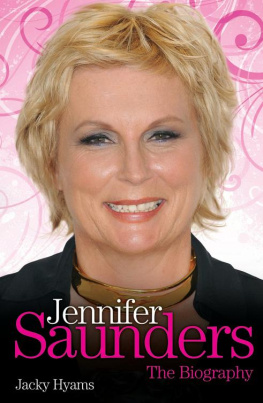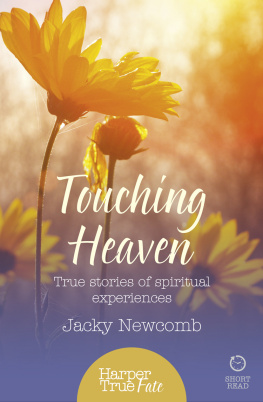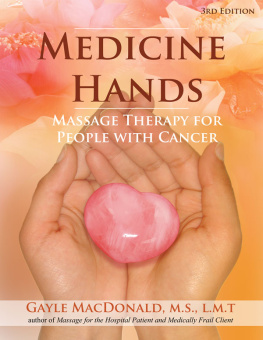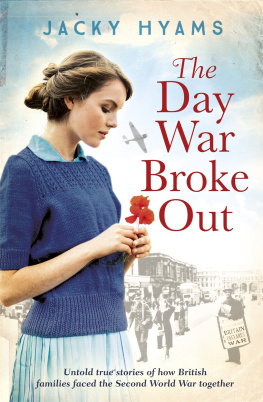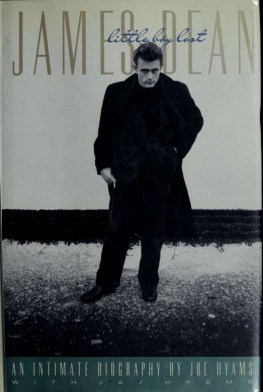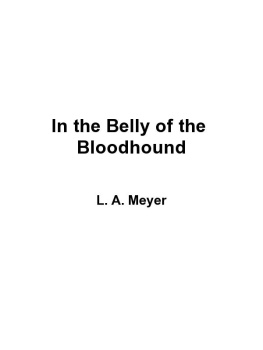Decimal currency arrived in Britain in 1971. I have given prices in the old pre-decimal currency.
The pound was divided into 20 shillings (20/- or 20s), with 1 shilling made up of 12 pennies (12d), so 1 was made up of 240 pennies.
A guinea was worth 21 shillings or 1 and 1 shilling (1 1s), and 1 was also sometimes referred to as a sovereign. There were no 1-pound or 10-shilling (50p) coins, only notes.
To calculate todays value of any original price quoted, the National Archives has a very useful currency converter: https://www.nationalarchives.gov.uk/currency.
E lvis was my first love. Things could only go downhill from there
The arrival of the man with the swivel hips and the advent of rock n roll might have seemed, at the time, to be the trigger for a spontaneous explosion of youth culture in the mid-1950s.
But the new music, the coffee bars with their shiny espresso machines, the juke boxes, the jiving, the teenage fashions that all seemed to spring up in Britain around that time were not quite a random, haphazard series of events, something that just happened out of the blue. There was more to it than that: certainly, teenage culture landed in Britain for the first time ever without much warning. But quite a lot of foresight and backroom planning had gone into it, too. The truth was: the marketing men had just discovered youth.
Catering specifically to young people, marketing to their tastes, their fashions, their fads was more or less unknown in this country, still struggling to get on its feet in the aftermath of wartime.
Yet when Elvis arrived, the undisputed power of the teenage market had already had a huge impact across the pond in the US.
The gurus of marketing and advertising, New Yorks Mad Men of Madison Avenue, had been quick off the mark. Theyd already started to pick up on the huge untapped potential of the teenage consumer even before the American post-war baby-boomer generation was out of nappies. So it was inevitable, since so much of our culture, movies and music came from the US then, that the teenage market would land here too.
Wherever they came from, of course, the kids didnt care to dwell on the past. They cared only for a good time, to do what they wanted and to dress to impress each other, perfectly normal teenage behaviour.
However, here in Britain this was the first time in our entire history that the school leavers, the under-twenties, actually had the jobs and the money to pay for their good times. So it could never be a seamless transition. In many ways, the emergence of the British teenager created a rift between the austerity-bound wartime generation that had known mostly hardship and penny pinching in previous years, and their free-spending, jiving teenage offspring.
When I wrote Bombsites & Lollipops, my snapshot of growing up in Londons East End in the 1950s, the story spanned twenty years: from the end of the Second World War to the middle of the Sixties, an era which saw Britain emerging from a battered post-war world of grey skies and grey living into a more optimistic, forward-thinking era where anything seemed possible. Especially if you were young.
Much to my delight, readers of Bombsites wanted more, so I wrote its follow-up, White Boots & Mini Skirts, a personal perspective on London life from the mid-Sixties to the mid-Seventies, hugely eventful times that brought big social changes which would impact on everyone down the years.
But later on, I realised I had missed something important: covering those decades in Bombsites had not given me the scope to explore, in more detail, the central and, in some ways, most significant era of all: the Fifties. The time when modern Britain as we now think of it began to emerge and to move away from the shadows of the past.
This Fifties story is written from a personal perspective. Yet I became acutely aware, right from the moment I started to research and examine those ten years in more detail, that, in Britain at least, the collective vision of the that decade had turned into something quite odd, even unreal: the era had somehow been rebranded, as it were, as a far more genteel period, suffused with memories of a world unclouded by present-day hazards. A rosy, inherently safe world with kids happily playing in the street or pushing a bike over the cobbles, as in the Hovis advertisement, and family life reverting, post-war, to comfy warmth and stability. Not quite a land of plenty, of course, but a cosy, safe world of Austin 7s and Mrs Dales Diary on the BBC Light Programme (now Radio 2).
Where did this rosy glow come from? The Fifties were far from comfortable. For many, the first half was harsh, an endlessly grey continuum of much of the previous era: more hardship, seemingly unending rationing, unkind winters, cruel shortages, political uncertainty.
Safety? Its relative. The air-raid warnings had stopped but the general health and wellbeing of the nation, even with a brand-new free-at-the-point-of-use National Health Service, remained far less than satisfactory by todays standards.
Safe for kids? Certainly there was more cohesion than today in neighbourliness, shared endeavour, but what is often overlooked is that young people then were unlikely to rebel against parental disapproval or voice any disquiet about questionable adult behaviour, mainly thanks to the starched-shirt, tut-tutting, Be like Dad, keep Mum outward respectability that had emerged in the wars wake. If there was a problem, youd be better off keeping quiet about it.
Overall, the 1950s were repressive. Bad things happened to people then, just as they do now. All the same, the culture of ignorance or cover-up still reigned: that outward respectability concealed a very head-in-the-sand attitude with the post-war authorities finding it much easier to obfuscate or deflect any criticism in a society still so determinedly class ridden.
The Fifties in Britain was largely a time of deference, where secrecy and shame for those that didnt or couldnt conform ruled the roost. Despite the heady promises of peacetime, everyone still knew their place. Especially women.
Yet midway through the decade, in material terms, a shift came towards something vaguely resembling what we now know: the brand-new wonders of televisions, refrigerators, cars and credit, an economy finally on the move with jobs a-plenty and, especially for younger people, a sense of the wider world beyond.
For those like me, breaking free from formal education at the age of sixteen and stepping out into the working world, the promise of our future was exciting, exhilarating, despite what had been learned or absorbed from our families experience of wartime. The repressive attitudes didnt vanish at the end of the Fifties. Even so, through the following decade, they slowly started to melt away.
Like most of my generation, I was a fairly innocent teenager. There was an undertow of the streetwise kid: Id grown up knowing that my father and grandfather trod a very fine line between respectability and criminal behaviour in the way they earned their living.


